Scientists in China believe they may have just found the key to establishing life on Mars – in the form of a remarkably resilient moss.
The _Syntrichia Caninervis _moss – which is found in both extremely cold climates like Antarctica and very hot environments like the Mojave desert – is able to withstand Mars-like conditions, including high radiation exposure and drought.
Researchers Detail Findings
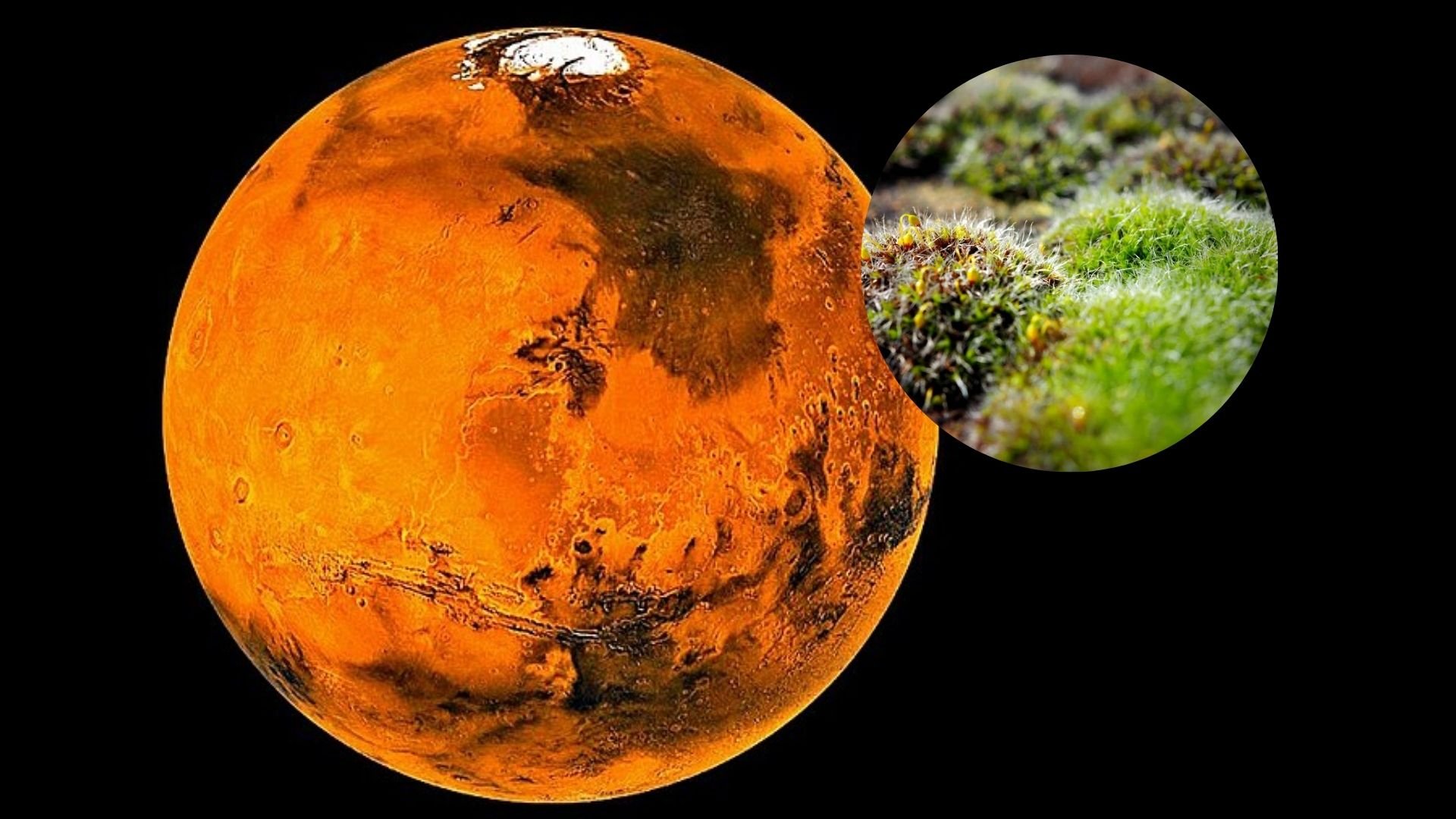
“The unique insights obtained in our study lay the foundation for outer space colonization using naturally selected plants adapted to extreme stress conditions,” wrote the research team behind the new findings.
Moss expert, Professor Stuart McDaniel added, “Cultivating terrestrial plants is an important part of any long-term space mission because plants efficiently turn carbon dioxide and water into oxygen and carbohydrates – essentially the air and food that humans need to survive. Desert moss is not edible, but it could provide other important services in space.”
A Revelation From Researchers
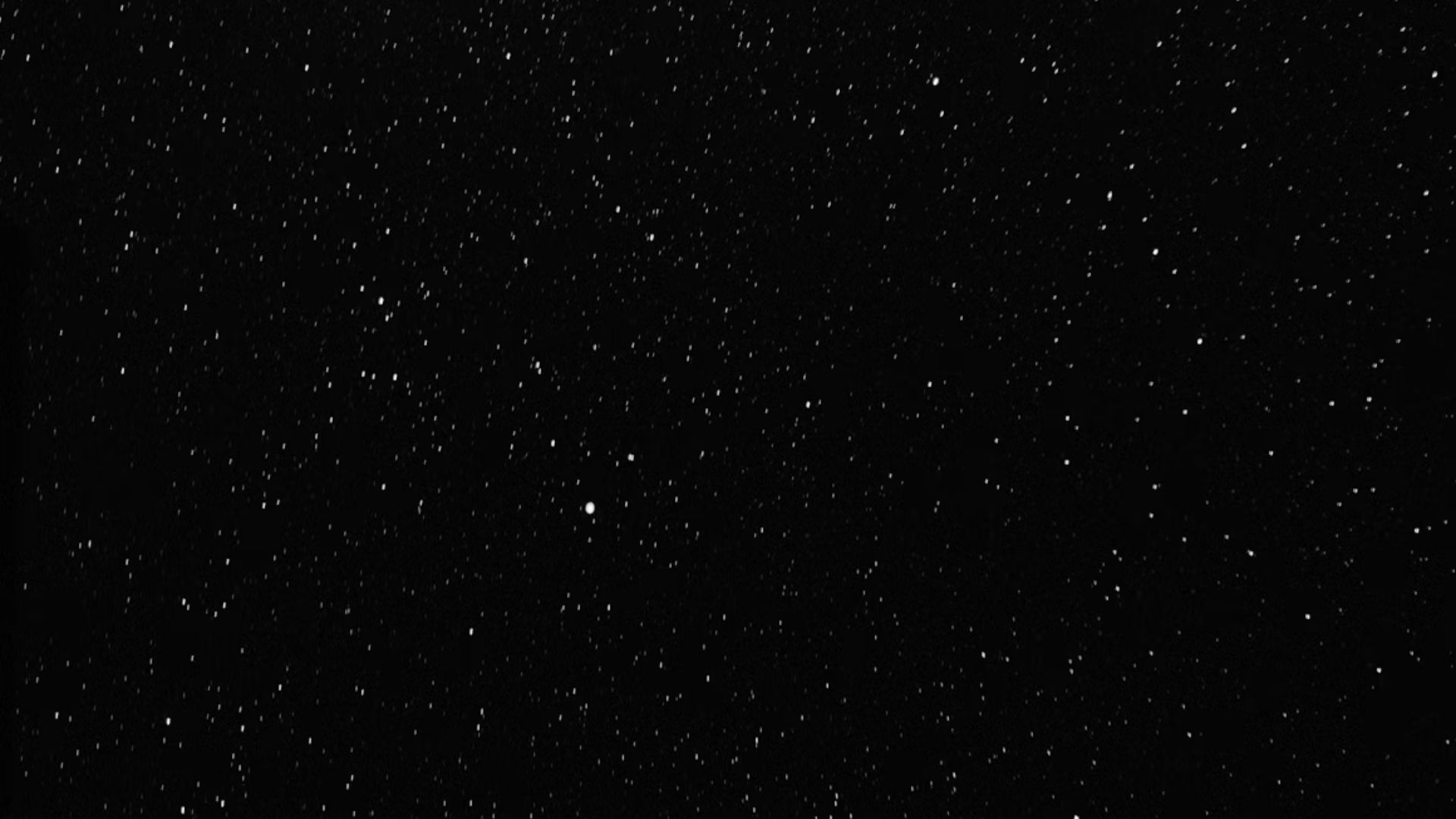
Researchers in China said the moss recovered rapidly from extreme dehydration and was able to recover from temperatures as low as -80C as well as gamma rays exposure of 500Gy.
Researchers sought to replicate Mars-like conditions for the moss. They added that plants that were dried before exposure to the Mars-like environment ultimately faired better.
New Study Brings Promise
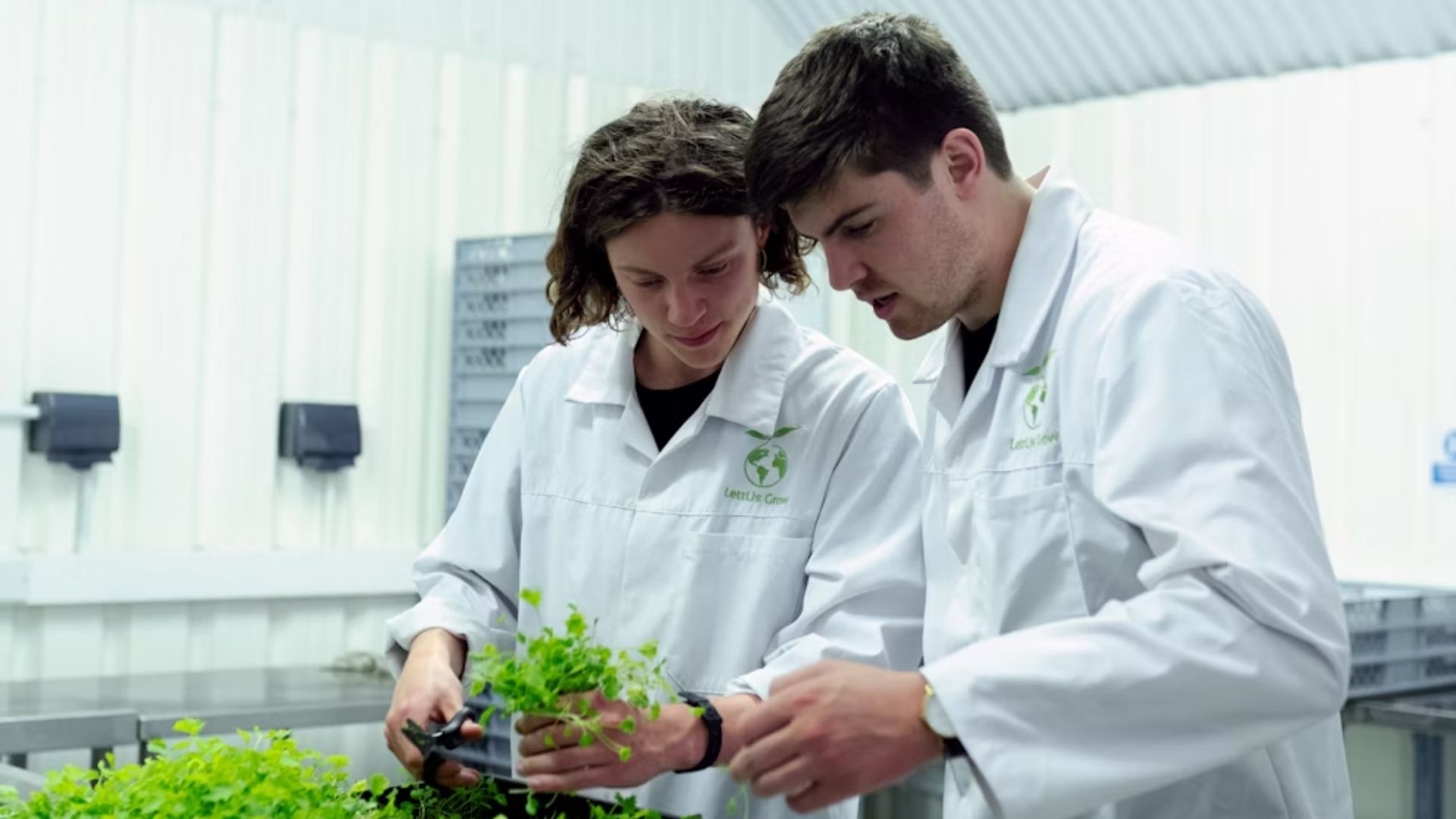
“Looking to the future, we expect that this promising moss could be brought to Mars or the moon to further test the possibility of plant colonization and growth in outer space,” wrote the researchers in China.
“This paper is exciting because it shows that desert moss survives short exposures to some of the stresses that are likely to be found on a trip to Mars, including very high levels of radiation, very cold temperatures, and very low oxygen levels,” said McDaniel.
How Moss Was Tested
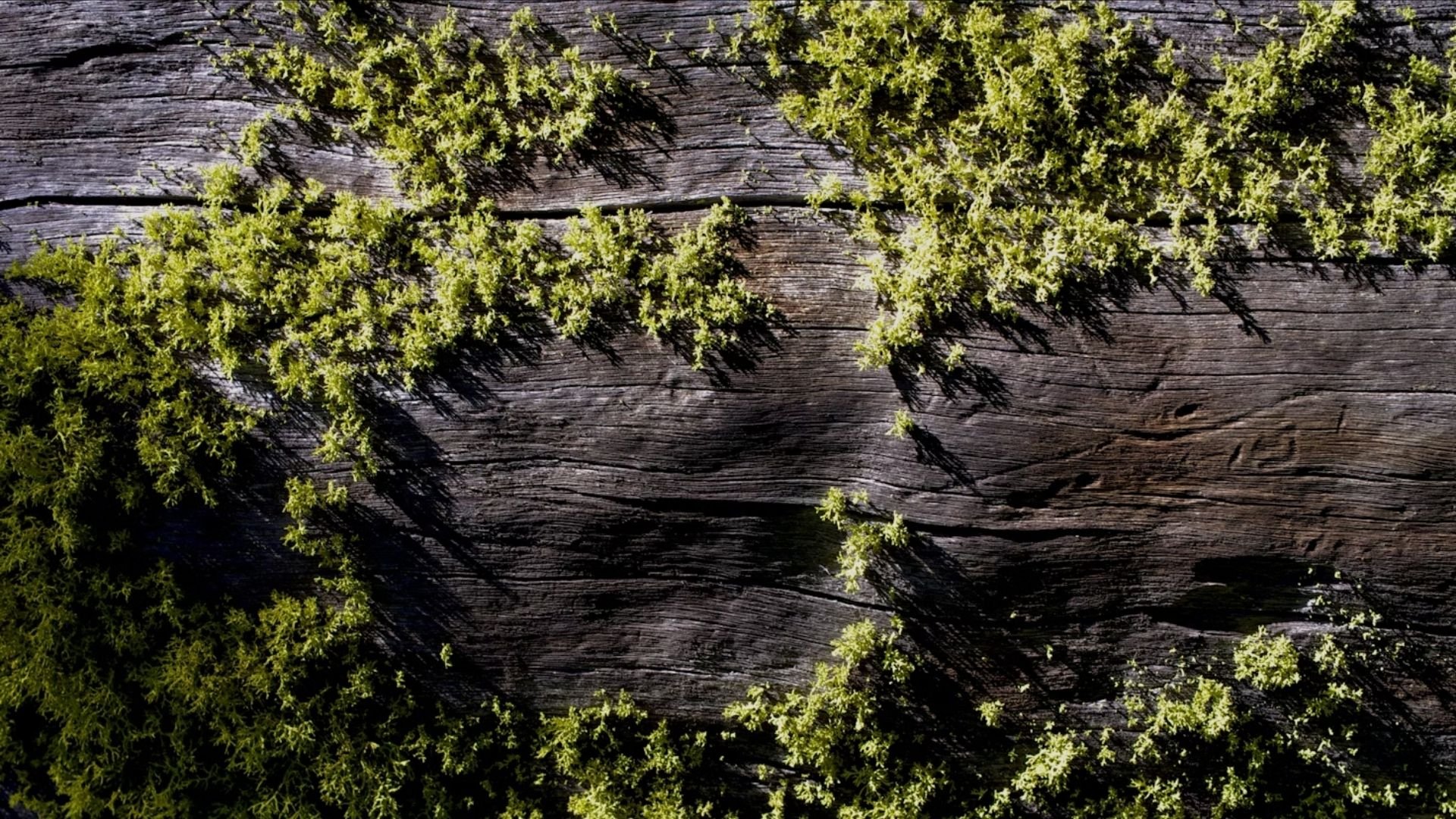
To evaluate the moss’s cold tolerance, the moss was stored at -80C for 3-5 years and at 196C in a liquid nitrogen tank for 15-30 days. The moss consistently regenerated when defrosted.
Previous studies tested the ability of algae, lichens, plant spores and microorganisms to withstand Mars-like conditions, but this is the first study to test whole plants.
Research Has Limitations
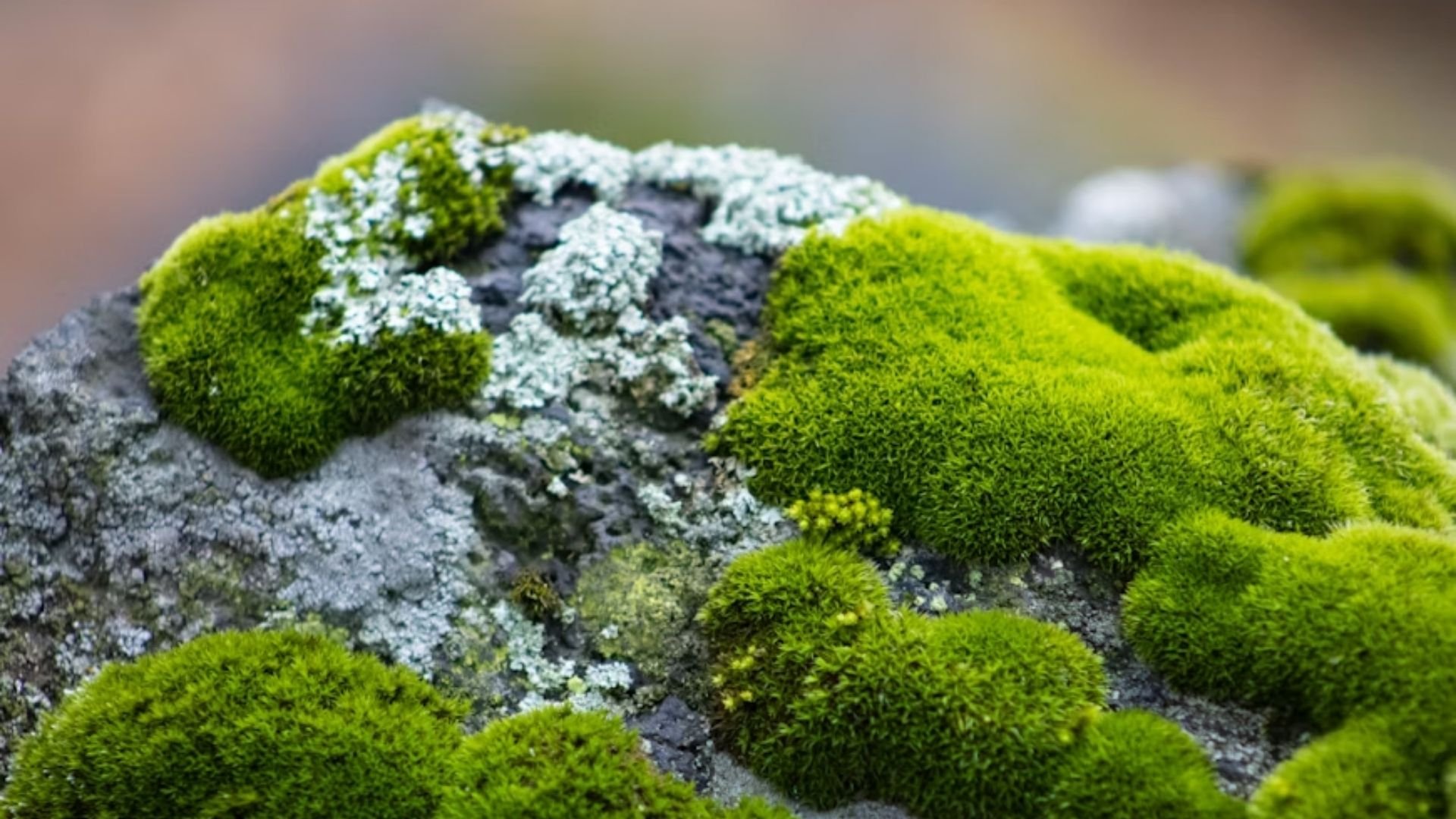
“These experiments represent an important first step, but they do not show that the moss could be a significant source of oxygen under Martian conditions, nor do they show that the desert moss could reproduce and proliferate in the Martian context,” said McDaniel.
Dr Agata Zupanska added that the study failed to test the impact of particulate radiation. “Implying that moss, or any other pioneering species, is ready to terraform Mars, or any other outer planet, is an exaggeration,” she said.
Further Limitations Emerge
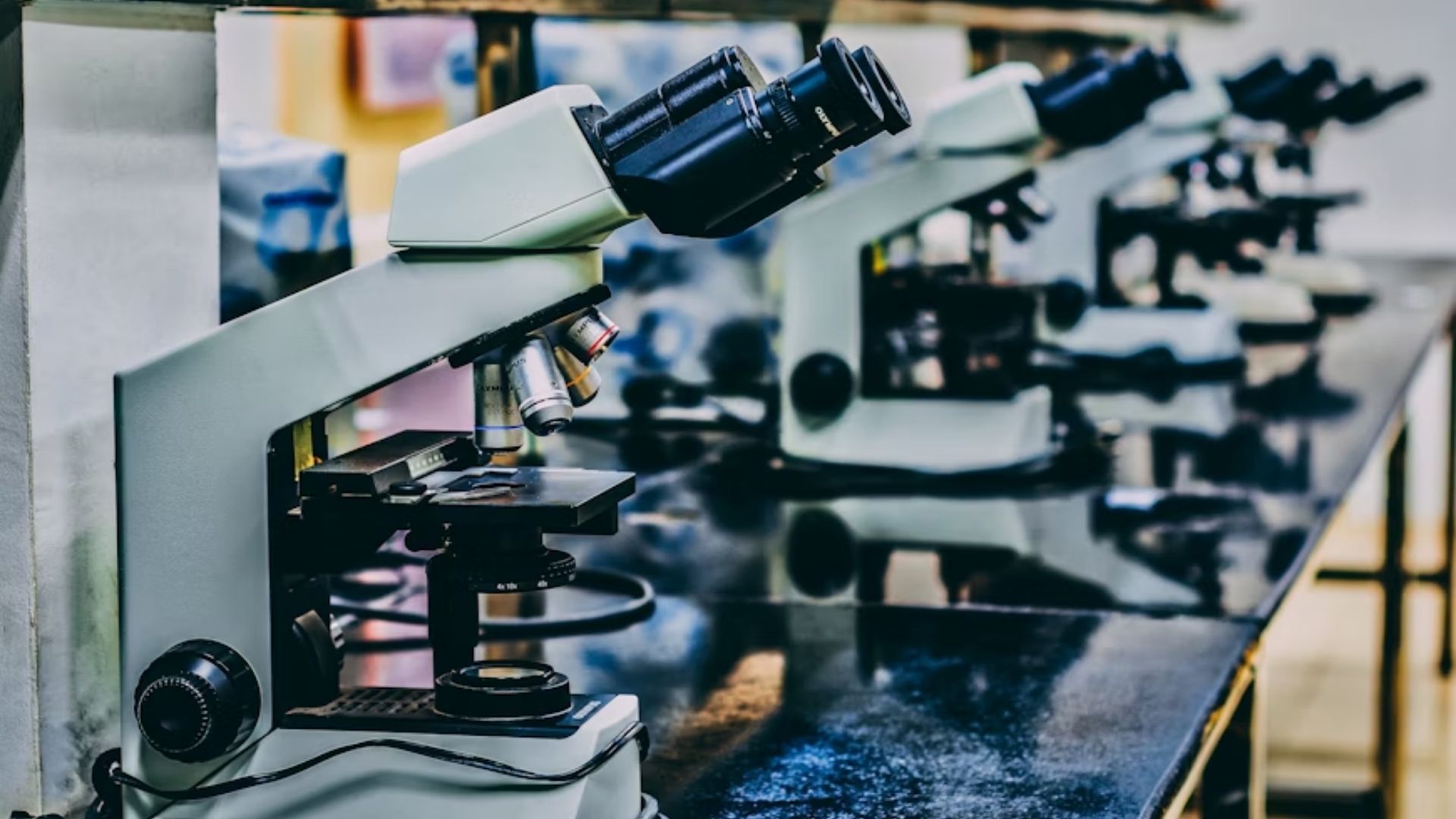
Wageningen University’s Dr Wieger Wamelink has raised further concerns about the study – including the fact that the new study did not use Mars-like soil.
“The mosses were treated under Mars circumstances for a maximum of several days and then regrown under Earth conditions on sand,” he said. “This, of course, does not show at all that they can grow under Mars conditions.”
Others Remain Impressed
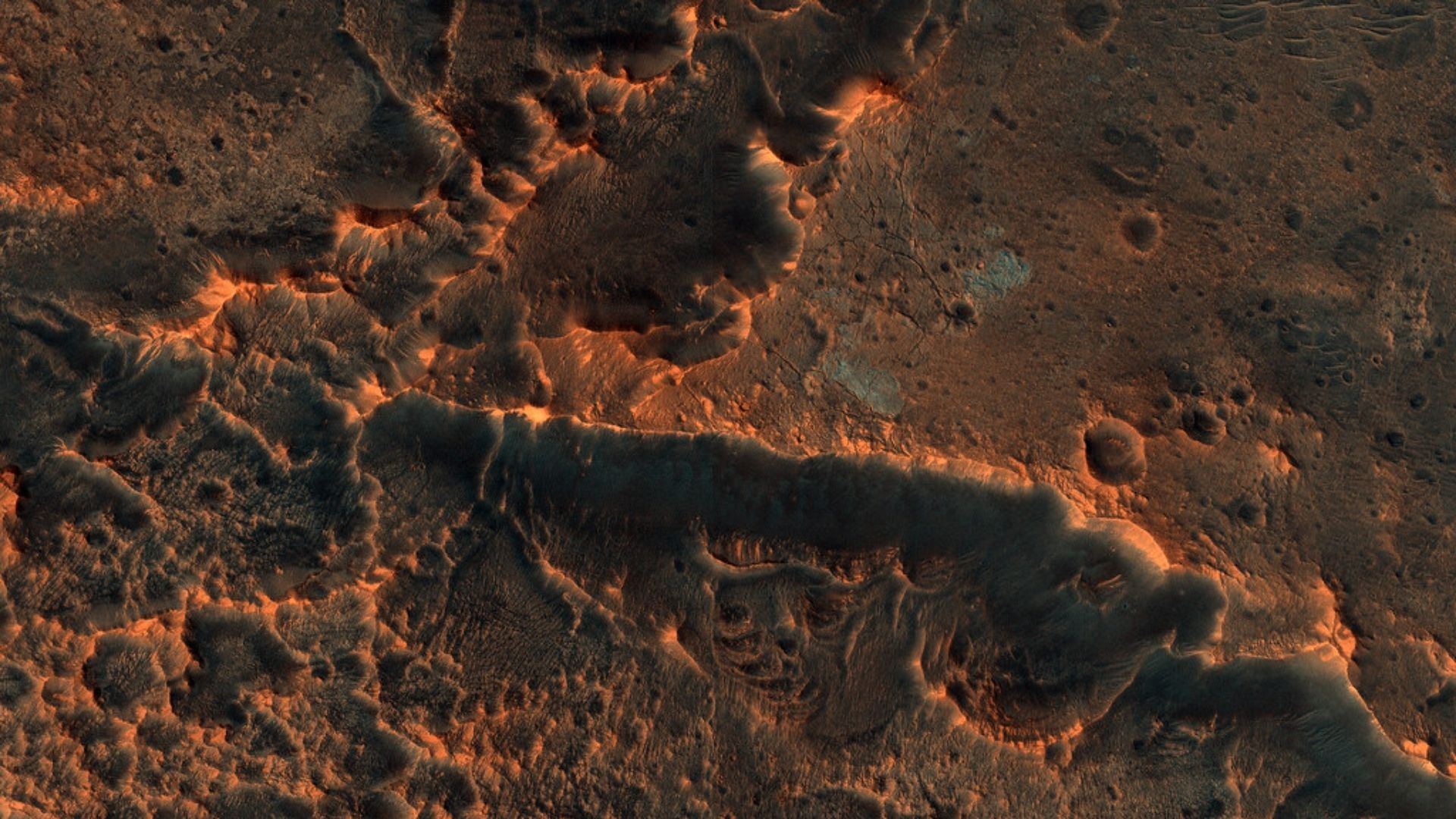
“We have a long way to go,” said Villanova University Professor Edward Guinan, acknowledging limitations in the new research. However, he remained impressed by the findings.
“This extremotolerant moss could be a promising pioneer plant for Mars colonization…this lowly desert moss offers hope for making small portions of Mars habitable for humankind in the future,” he said.
What Researchers Said
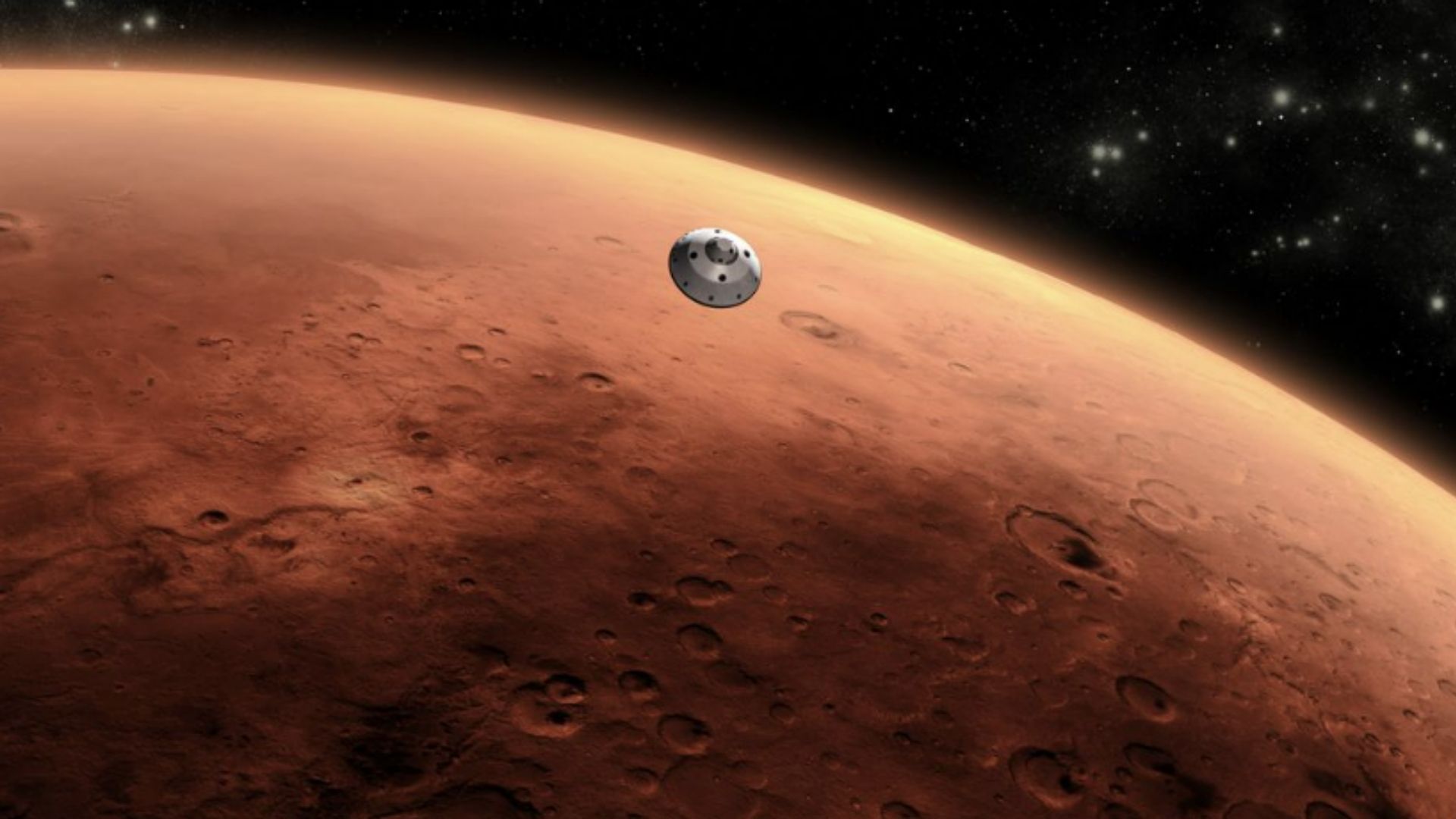
The researchers in China, including ecologists Yuanming Zhang and Daoyuan Zhang, said, “Our study shows that the environmental resilience of _S. caninervis_ is superior to that of some of highly stress-tolerant microorganisms and tardigrades.”
They added, “_S. caninervis_ is a promising candidate pioneer plant for colonizing extraterrestrial environments, laying the foundation for building biologically sustainable human habitats beyond Earth.”
What The Future Holds

Researchers in China admitted that “There is still a long way to go to create self-sufficient habitats on other planets.”
However, they added, “We demonstrated the great potential of _S. caninervis_ as a pioneer plant for growth on Mars.”


